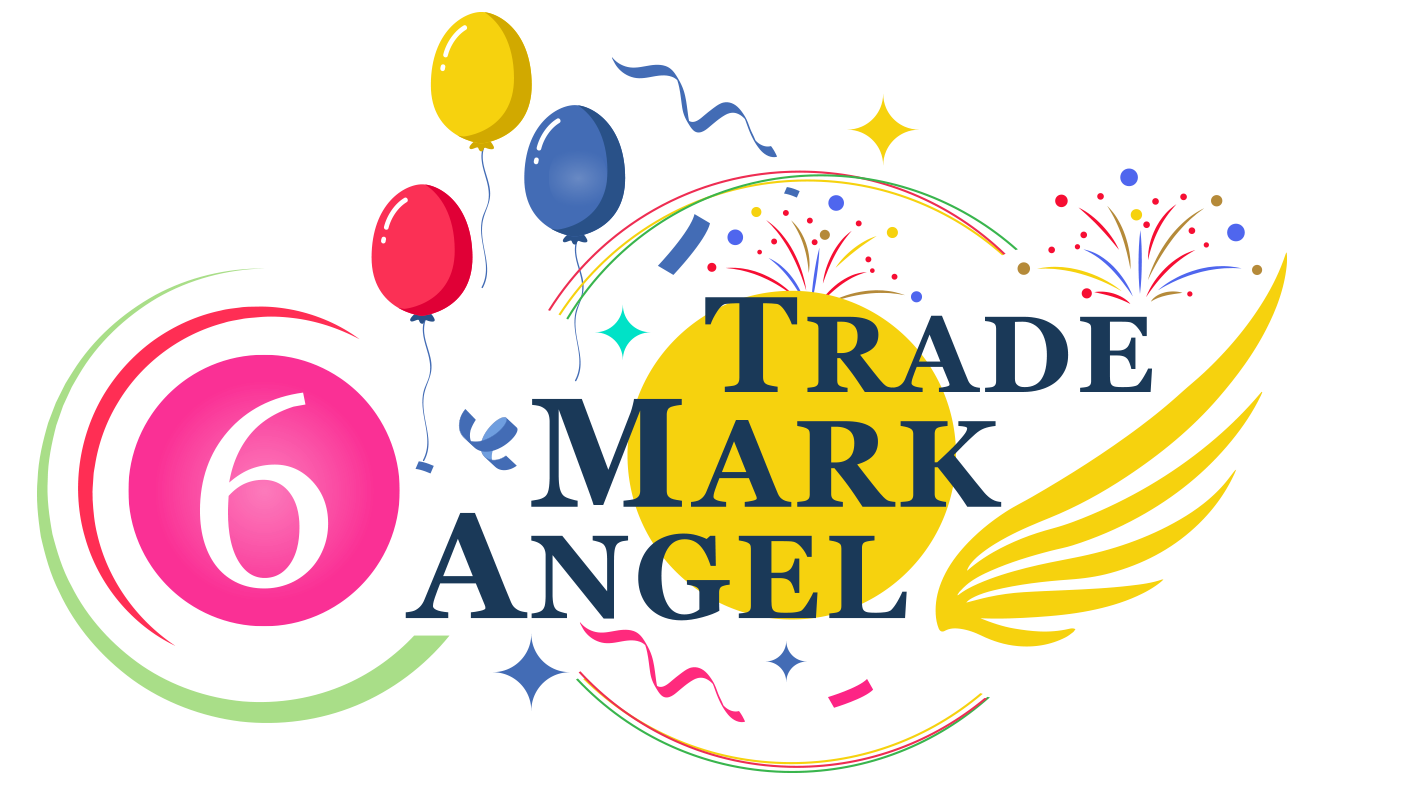What is a power of attorney? When do I need to sign a power of attorney?
A Power of Attorney, POA in short, is a legal document that authorizes an entity to represent or act for another person, usually, in the managing of the person’s property, business or private affairs. The former is called the Attorney or Agent whereas the latter is commonly known as the Principal. In Trademarks, a Power [...]
